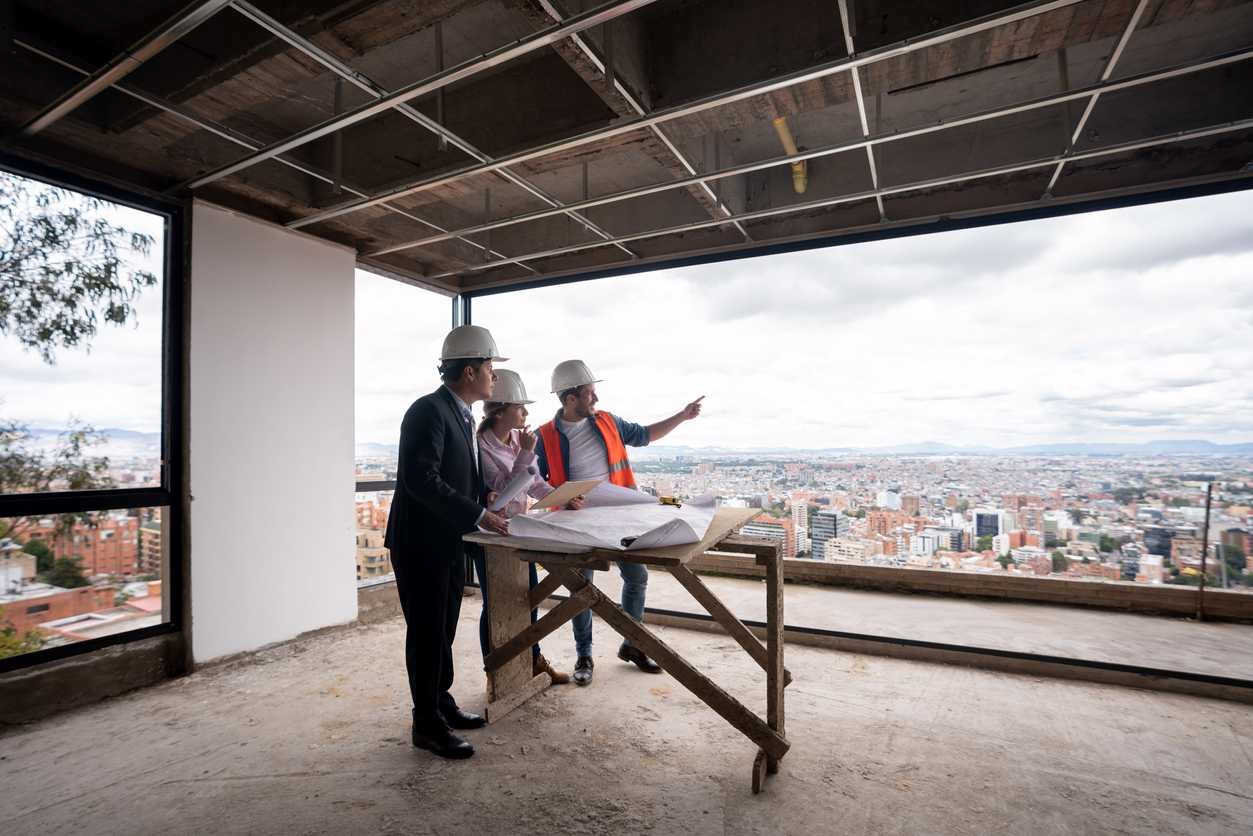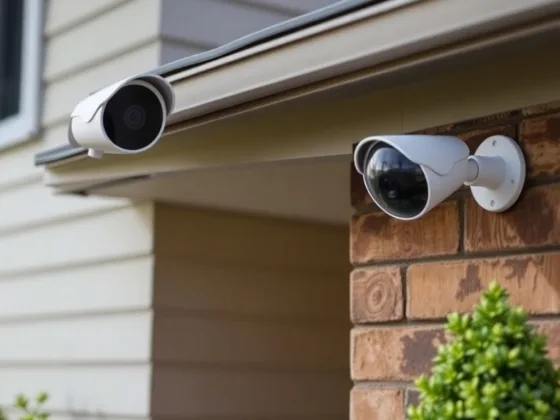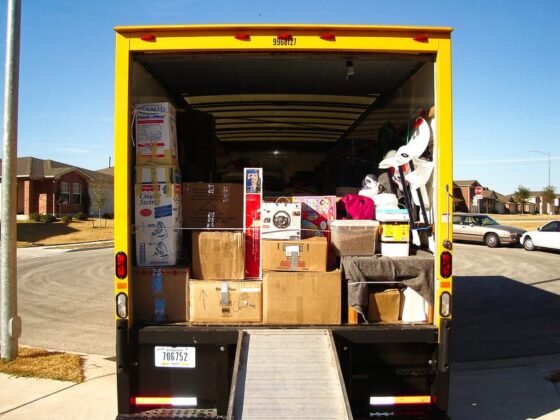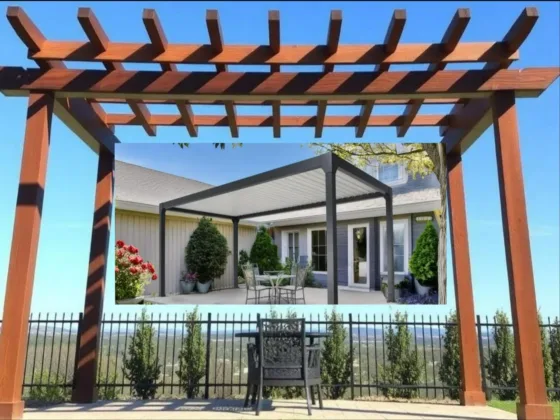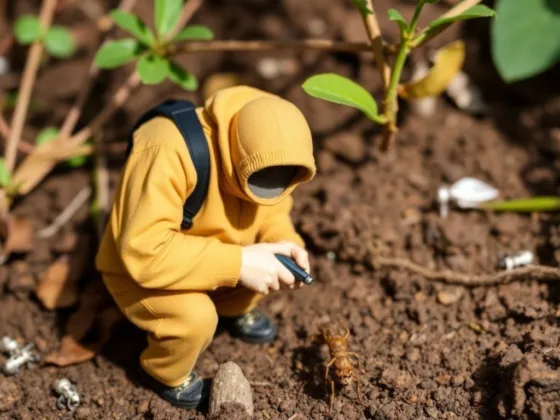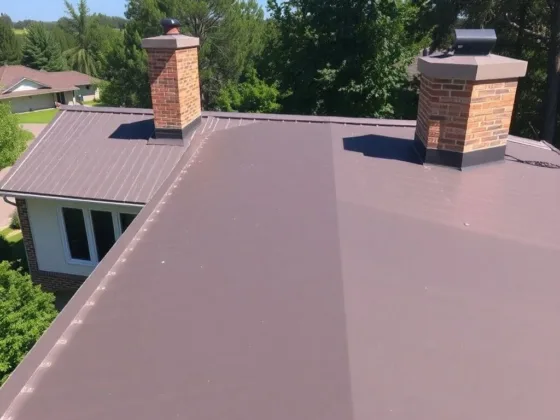Table of Contents Show
Insulation and air sealing are two important things to ensure you enjoy comfort in your home, especially during the late summer weather.

While insulation helps to regulate heat transfer, air sealing helps to minimize air movement to avoid heat leakage. Although they have different importance, both insulation and air sealing work hand-in-hand to make your home greener.
Insulating and air sealing your home are the best ways to ensure energy efficiency within your home. To help homeowners save energy, we have decided to provide them with a guide on how to insulate and air seal their homes.
However, if you’d prefer to have a professional handle thing for you, you can reach out to the team at the First Defense Insulation.
Insulating Your Home
The following are ways to insulate your home yourself:
Wall Insulation
In most homes, heat escapes majorly through the walls. This is why it is wise to start with them. Insulating your walls properly helps you save heating bills and energy. There are different types of walls, and you must consider the type before you start.
To insulate cavity walls, drill the holes and inject insulation materials into them. This is best done by professionals with expertise.
For solid walls, insulation is done either from inside or outside the home, and both have different procedures. The cost of insulating your walls depends on the type of wall.
Read Also:
Roof Insulation
Another way to lose heat in an uninsulated house is through the roof. Insulating the roof helps you save your heating bills and heat loss. It’s easy to insulate your roof if it’s not too high; otherwise, you may need the help of an expert.
Ensure you have adequate knowledge of roof insulation before you start, as there are certain things you must consider. The cost of insulation also depends on the size of your house and the level of insulation.
Floor Insulation
Floor insulation helps keep your home warm and cozy, especially if it’s a bungalow. There are different ways of insulating your floor, depending on the type.
For a new house with a concrete-made floor, insulation can be done at the point of replacement. An older house most likely has a timber or wooden floor. To insulate such, lift the floorboards, lay down mineral wool insulation, and caulk it between the floor joists and rim.
Pipe Insulation
It’s easy to forget the pipes, but insulating your pipes is a cost-effective way to reduce energy bills. It helps to avoid heat loss to the environment.
To make it effective, ensure you choose the right material and size for your pipe and insert it around the hot water pipe. Radiator reflector panels are also cheaper options to consider.
Air Sealing Your Home
Reports show that homeowners can save up to 15% off heating and cooling costs when they air seal their homes. Air sealing also helps to increase comfort, improve durability, and provide a healthy indoor environment.
Although it is better and easier to employ professionals to do this for you by identifying air leakages in your home and fixing them. But if you wish to save more cost by doing it yourself, then follow the steps below:
Check for Exterior Air Leaks
This is done by carefully looking out for gaps or cracks that can cause air leaks on the doors and windows. When you’ve identified them, caulk and weatherstrip them?
Air Seal the Walls
This is done by installing foam gaskets behind every light switch and electrical outlet. This helps to reduce the transfer of air from outside to inside. You can also replace the windows if you live in an old house.
Air Seal the Crawlspace
Check and seal cracks between the sill plates, rim joists, and the foundation. Also, check for holes that pass through the foundation for electrical work, gas water vents, HVAC lines, hose bibs, and the like. You can foam spray to seal such cracks.
Air Seal the Attic Space
The attic has a lot of space where cooled and heated air can escape from your house. So, it is important to seal them. Although this is mostly done by experience, they have the right tools to ensure a complete sell-off.
However, you can still work your way around it. Look out for dirty areas on the attic insulation; there’s probably an air leak or even a water leak in such areas.
When you follow the above steps correctly, you will definitely enjoy better comfort and also get to save more. While it’s easier and advisable to consult professionals, you can also try this out yourself and save more for other things.

